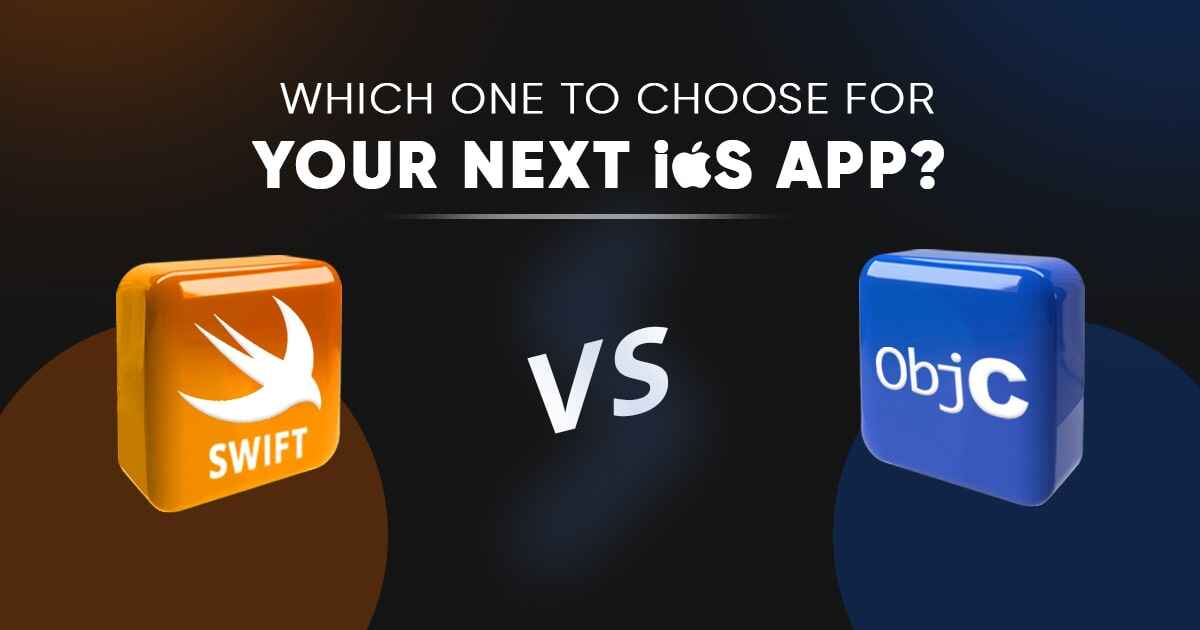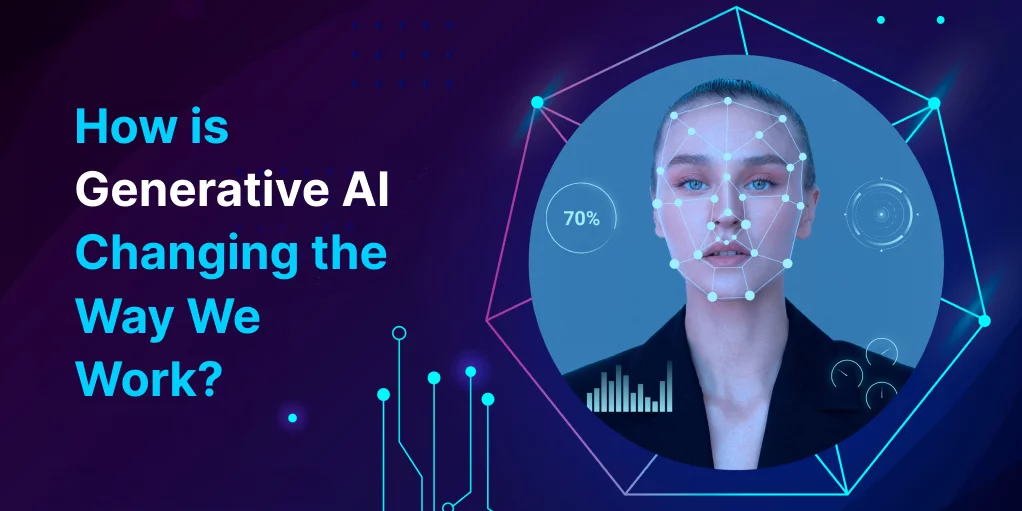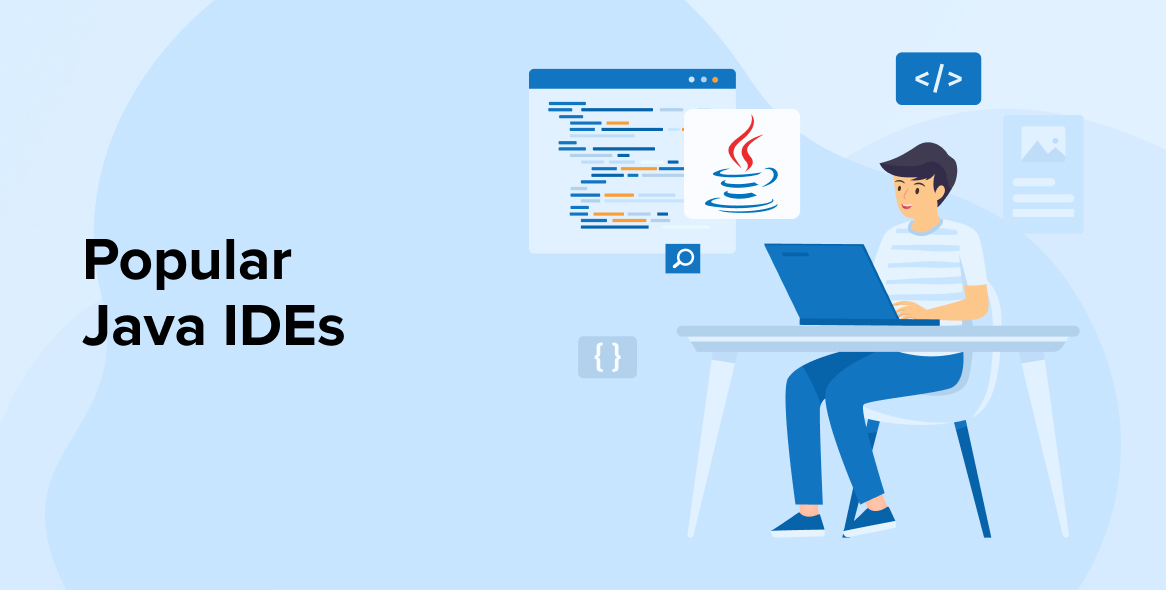ERP Implementations: Why do Many Fail and How Can You Drive Success?
Till a few years back, only large enterprises could afford to implement an ERP and/or CRM because they were a luxury for small to medium enterprises. SMEs had to contend themselves with small accounting applications or Excel and could not reap the large benefits of having business applications in place. To a great extent, this contributed to stalling the growth and scale of these businesses. Why? ERP and CRM can not only process transactions but can also provide analytics and insights into what is happening in the business and what could be done to scale and grow. This was missing in many organizations that could not or neglected digital transformation initiatives.
Scenarios have changed and SMEs started adopting technology tools including ERP and CRM, integral components of digital transformation. Two factors helped accelerate this; one, the Covid-19 pandemic which made the organizations - small and big - realize the need and power of technology adoption and digital transformation. The other one is the advent of cloud computing and the emergence of the SaaS model. Technology implementation was of Capex nature earlier making it inaccessible for small to medium businesses. The SaaS model of delivering business applications has transformed technology investment from CAPEX to an accessible OPEX model.
How does a typical ERP Implementation work?
An ERP system integrates many functions and processes across the business, business units, and regions. It’s complex and takes an average of 6-12 months depending on the complexity and structure of the business. The modern ERPs adopt emerging technologies such as AI, ML, RPA, and even IoT to automate, capture data, and analyze them to help decision-making processes.
Different ERP applications call implementation phases by varied names and may even have differing methodologies. There are typically 6 standard phases involved in an ERP implementation project which are unique with specific objectives depending on the size, industry, and structure of the business.
There are always chances of phases overlapping as various modules related to financial management, human resources, supply chains, sales, and manufacturing, have to work in an integrated manner to deliver benefits in the form of increased productivity and efficiency.
1. Discovery and Planning
This first phase that begins during the sales and pre-sales stages is critical as it guides the following phases. The project team will be formed, initial meetings will be held, project charter and documentation process created, during this phase. This is where the team works to discover existing issues and pain points, discuss change management and improvements needed in the short and long term, and propose the required solutions. A gap analysis between what is there and what should be it is done. Developing the project plan, which will guide the project throughout the other phases, is one of the most important parts of this phase.
2. Design
This is the phase to visualize what the new ERP system under implementation will look like and how it functions in the organization. Based on the learnings and understanding from the Discovery phase, the project team will be considering the configurations for the new system, defining roles and privileges, security, standard procedures and process changes, workflows, and designing a solution architecture, based on the discovery and gap analysis.
3. Development
In this phase, the team will prepare the system for going live. This involves activities such as delivering the customization to plug the gap and enhance the processes, conducting user training, and migrating data from legacy systems if any.
4. Testing
Quite often, the Testing and Development phases go hand in hand, as the implementation and project teams juggle between the two phases and fine-tune the configuration parallelly. User Acceptance Test is part of this phase where the future users of the system will test various scenarios and test cases related to their function/process and accept that the system can meet their requirements. This is the step prior to going live on the new ERP.
5. Deployment
The teams will review the situation and make the final go or no-go decision. Before going live, the project team will upload and validate the master, transaction, and history data (as agreed between the implementation team and client), handhold the user employees to start using the new ERP or CRM, and cut over from the old system.
6. Ongoing Support
Once the ERP has gone live, it will be under support service. Support will be ongoing to trouble-shoot issues or help apply patches and upgrades, provide new customization, or change configuration, as needed.
Challenges in ERP Implementation
Most ERP failures are attributed not to the ERP product but to the implementation partner and their team. Arranging the product license or subscription access to the ERP or CRM is a simple task, but getting the application implemented that not only meets the current and future requirements of the client but also plays as a catalyst for growth and efficiency, is tough. Only partners who have resources with the right skills, expertise, and experience can do justice to ERP projects. In most cases, the client has to live with whatever resources they have onboard and has no say in choosing the right resource.
How to overcome the challenges to make ERP implementation a success?
As you have noticed in the above parts, an ERP implementation needs varied skills and expertise, such as domain and functional expertise, product knowledge, and technical skills to make it a success. The business model of implementation partners does not allow to have all these types of resources onboard. The best alternative is to look for all sets of skills or missing skills from on-demand service platforms. On-demand services platforms like AiDOOS offer you a platform to deliver your tasks as a team or as an individual - Task as a Service (TaaS), a win-win for resources, partners, and clients.




